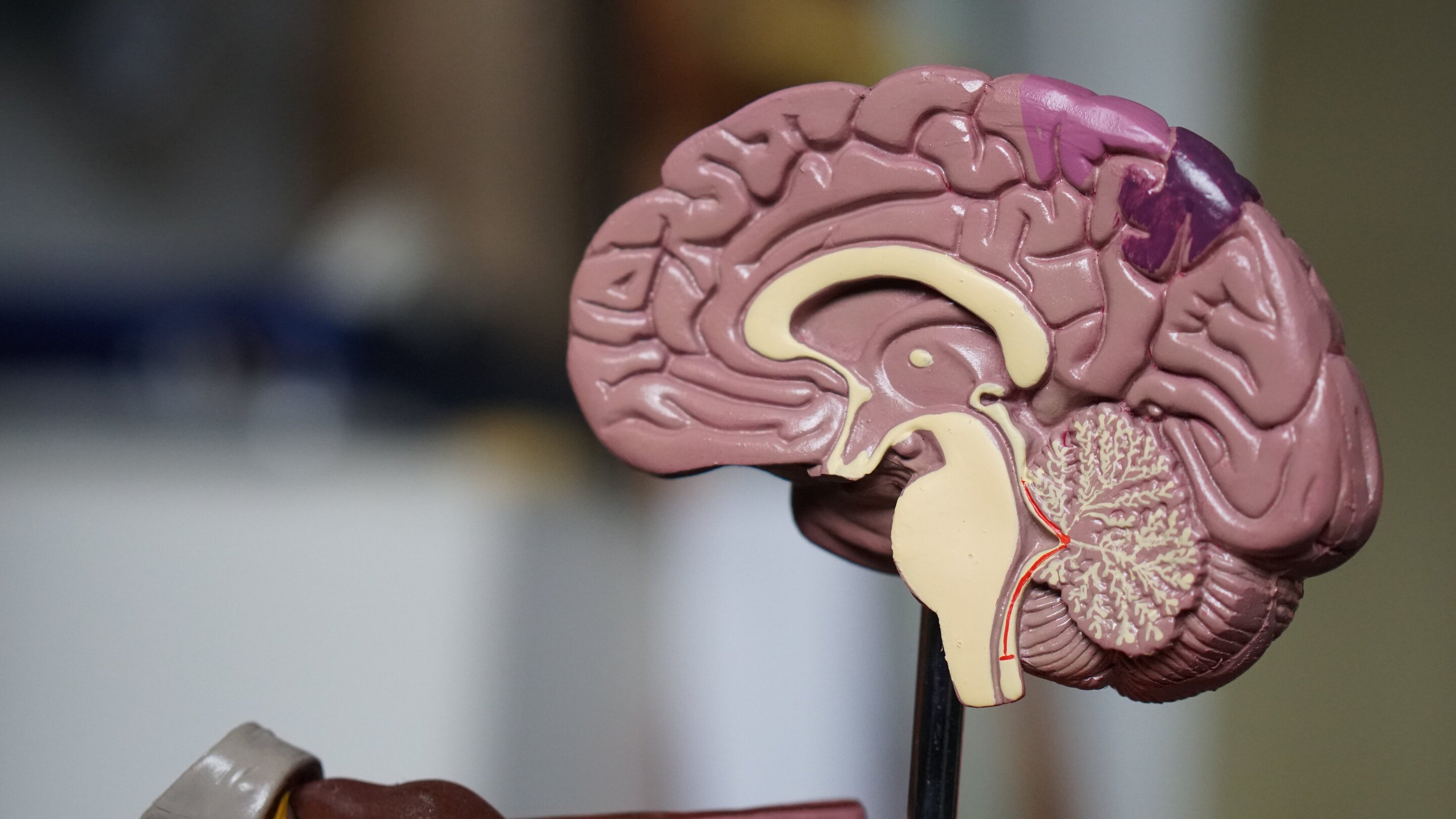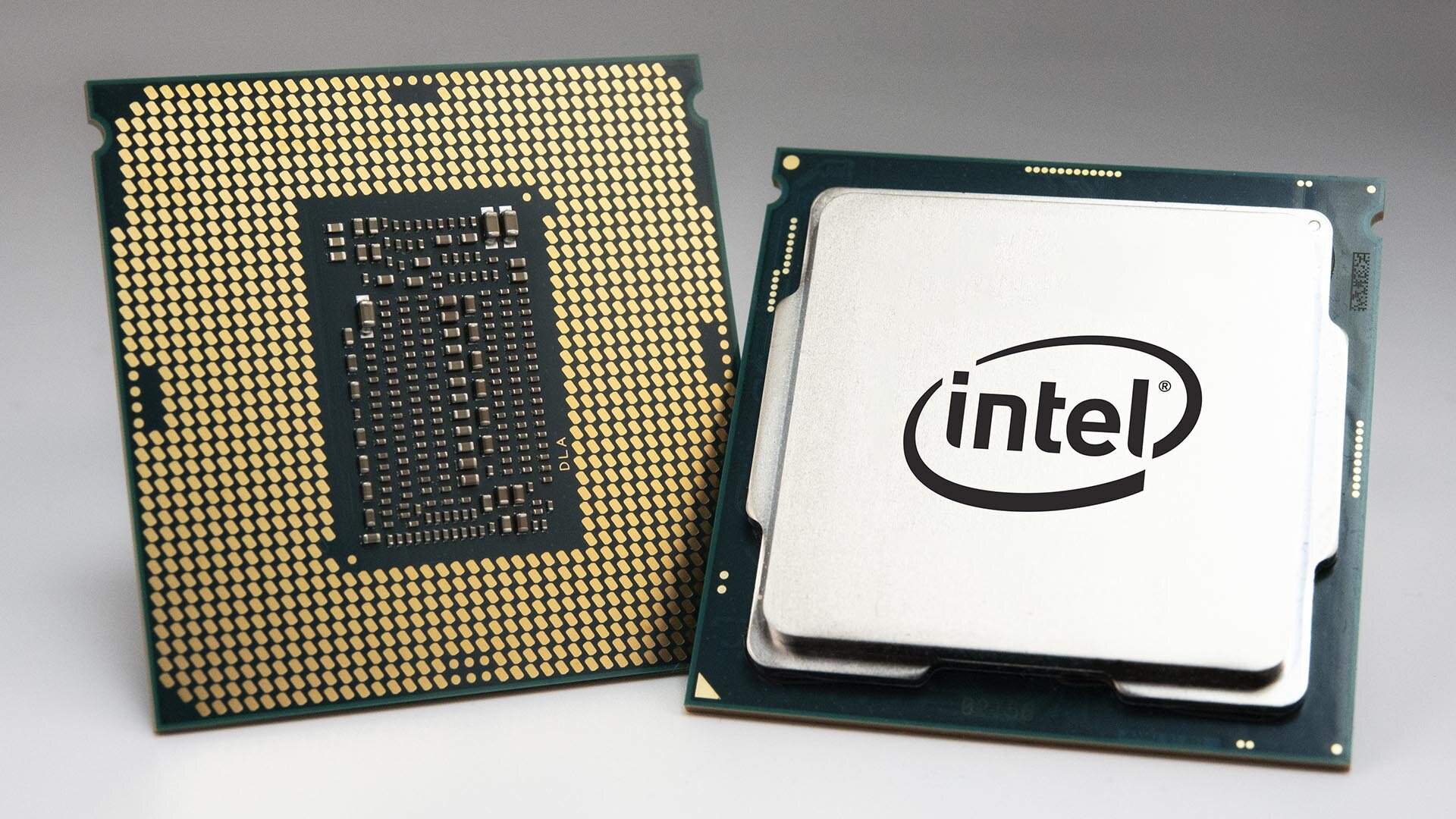#Research finds brains work harder while processing descriptions of motion in other languages

“#Research finds brains work harder while processing descriptions of motion in other languages”

We all run from a burning building the same way—fast!—but how we describe it depends on the language we speak. In some languages, we might flee, race, or bolt, while in others we might just exit or leave the building quickly.
Different languages describe motion differently, according to distinct lexical rules. And though we may not consciously notice those rules, we follow them—and Georgia State researchers have found they affect how our brains perceive and process descriptions of physical movement.
Our brain has to work a little harder when we’re reading about physical movement in a way that is not typical in our native language, according to a new study by Şeyda Özçalışkan, an associate professor in the Department of Psychology at Georgia State University, former faculty member Christopher M. Conway, and Samantha Emerson, a former Georgia State University graduate student. Their study, “Semantic P600—but not N400—effects index crosslinguistic variability in speakers’ expectancies for expression of motion” was published recently in the journal Neuropsychologia.
“Physical movement always has the same key components, no matter where you live in the world, no matter what language you speak,” explains Özçalışkan. “But languages talk about it differently.”
Languages such as English, Polish, German and Dutch include the manner in which we move in the actual verb (we bolt, race, dawdle, sashay). But other languages, such as Spanish, Turkish, Japanese or Korean, add the manner at the end as a modifier (we enter rapidly, we ascend slowly).
Languages also differ in the way they describe the path of physical movement. Spanish includes path in the verb: we descend the mountain, or more dramatically, we descend the mountain arduously. But other languages, such as English and German, add the path after the motion: we crawl down the mountain.
The way we habitually express motion becomes internalized, says Özçalışkan, and likely affects how we perceive our world, particularly when speaking. And when we’re faced with another language’s unfamiliar description, our brain has to work harder momentarily. This can actually be measured with an electroencephalogram (EEG), a test used to evaluate the electrical activity in the brain. In their new study, the researchers tested motion descriptions in English and Spanish and found a surprising pattern.
“We found a very interesting pattern which in scientific language is called the P600 effect,” said Emerson, who now works at the Center for Childhood Deafness, Language, & Learning at Boys Town National Research Hospital in Omaha. “It is usually found in response to grammatical errors. We think that when you read a sentence structured in a way that is unfamiliar, you have to stop and go back and analyze it just as you would with a grammatical error.”
Then your brain has to “repair” those violations to your expectations, Emerson said. That means your brain has to exert a stronger electrical signal.
This is the first study that has examined actual neural activity in the brain in response to cross-linguistic differences related to motion. “And this study follows a long line of research on motion events at our lab at Georgia State University,” said Özçalışkan.
Previous studies in Özçalışkan’s laboratory have looked at how individuals use their hands when speaking, which also differs strongly across languages. In future studies, the researchers want to test a variety of the world’s languages, to see if the P600 pattern remains when describing physical movement. They also want to test Spanish and English bilingual speakers to see if there is still a P600 effect when one is fluent in both languages.
In the end, this kind of research can give us insights into how our brains interpret the world around us, influenced by language in ways we never would have expected or perhaps even noticed.
Learning a new language recruits the right side of the brain
Samantha N. Emerson et al, Semantic P600—but not N400—effects index crosslinguistic variability in speakers’ expectancies for expression of motion, Neuropsychologia (2020). DOI: 10.1016/j.neuropsychologia.2020.107638
Citation:
Research finds brains work harder while processing descriptions of motion in other languages (2020, December 10)
retrieved 10 December 2020
from https://medicalxpress.com/news/2020-12-brains-harder-descriptions-motion-languages.html
This document is subject to copyright. Apart from any fair dealing for the purpose of private study or research, no
part may be reproduced without the written permission. The content is provided for information purposes only.
If you liked the article, do not forget to share it with your friends. Follow us on Google News too, click on the star and choose us from your favorites.
For forums sites go to Forum.BuradaBiliyorum.Com
If you want to read more Like this articles, you can visit our Science category.



